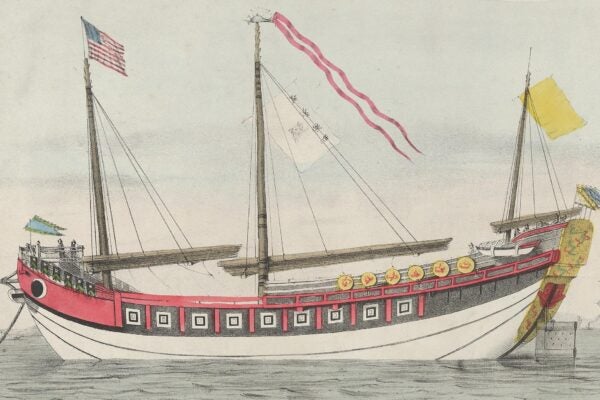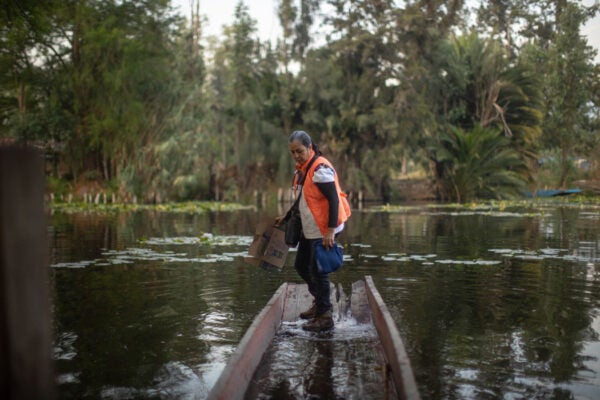Well-researched stories from around the web that bridge the gap between news and scholarship. Brought to you each Tuesday from the editors of JSTOR Daily.
Modern slavery and its defenders (Aeon)
by Austin Choi-Fitzpatrick
Every country on earth outlaws slavery, yet it persists in many places in various forms. A sociologist looks at how slavers justify their acts, investigating how ordinary-seeming people play their parts in a system of exploitation.
The rebirth of Wôpanâak (The Boston Globe)
by S.I. Rosenbaum
In Massachusetts, genocidal violence against the Wampanoag Nation and the systematic seizure of children eliminated daily use of the Wôpanâak language well over a century ago. Now, Wampanoag leaders and linguists are working to revive the language as a living part of their culture, including how to find ways to talk about things that didn’t even exist when the language disappeared from use.
Spring awakening (The New York Times)
by Steph Yin
It’s spring! That means it’s the time when bears walk around bleary-eyed, adult male ground squirrels go through puberty all over again, and bees get their first bathroom break in months.
Why don’t Catholic priests get married? (The Conversation)
by Kim Haines-Eitzen
Pope Francis has suggested the possibility of a new conversation within the Catholic Church about the idea that priests might be permitted to marry. That might sound shocking, given the centrality of celibacy in the popular image of priesthood. But a scholar of early Christianity explains that it took a long time, and a great deal of controversy, for current conventions about celibacy in the church to develop.
A different immigration worry (Bloomberg)
by Craig Torres
Concerns about immigrants’ impact on life in the U.S. have been much in the news. But new economic research predicts an ongoing slowdown in the immigration of low-skilled workers from Latin America, with or without a border wall, leading to a labor shortage in some industries. One result could be more investment in automation.
Have you seen a story online that does a good job of bridging the gap between the news and scholarship? Or something that seems particularly well-researched? Let us know and we may include it in next week’s roundup. Email us at jstordaily_submissions (at) jstor (dot) org.






